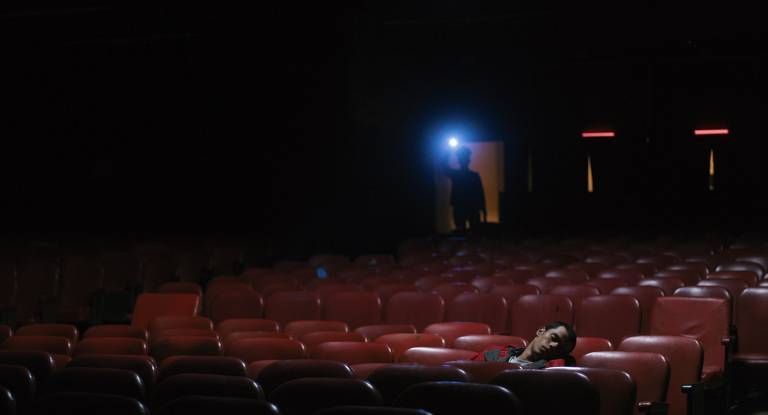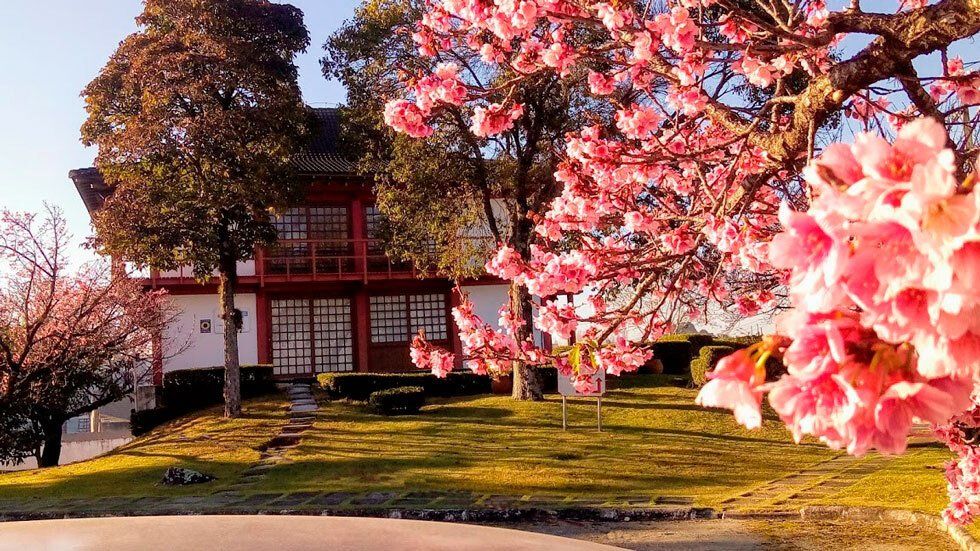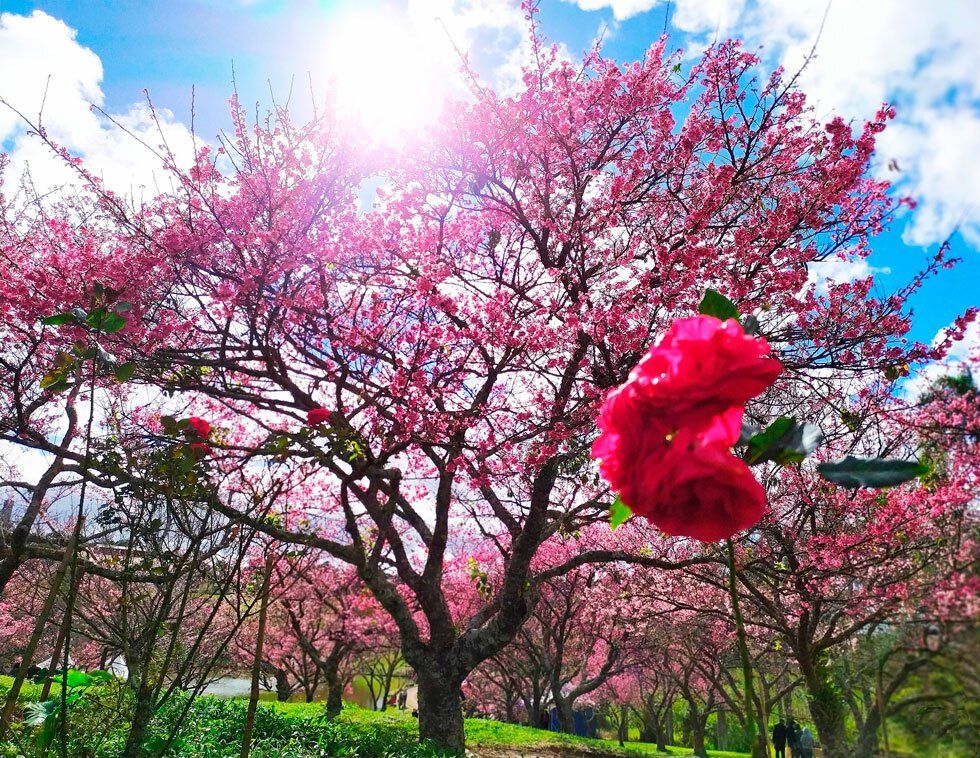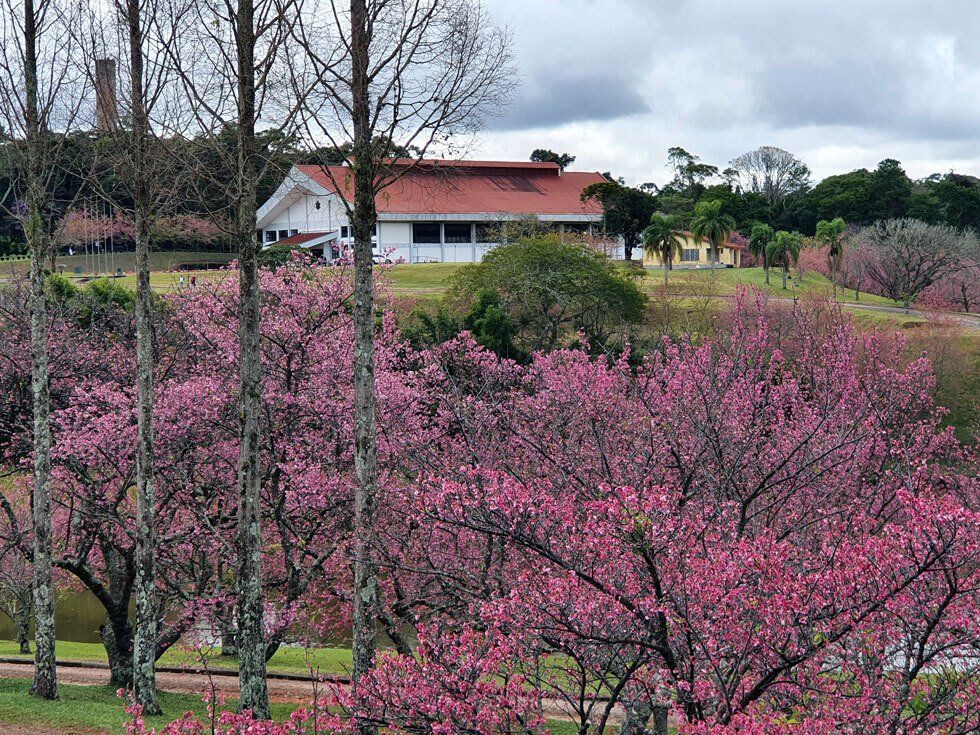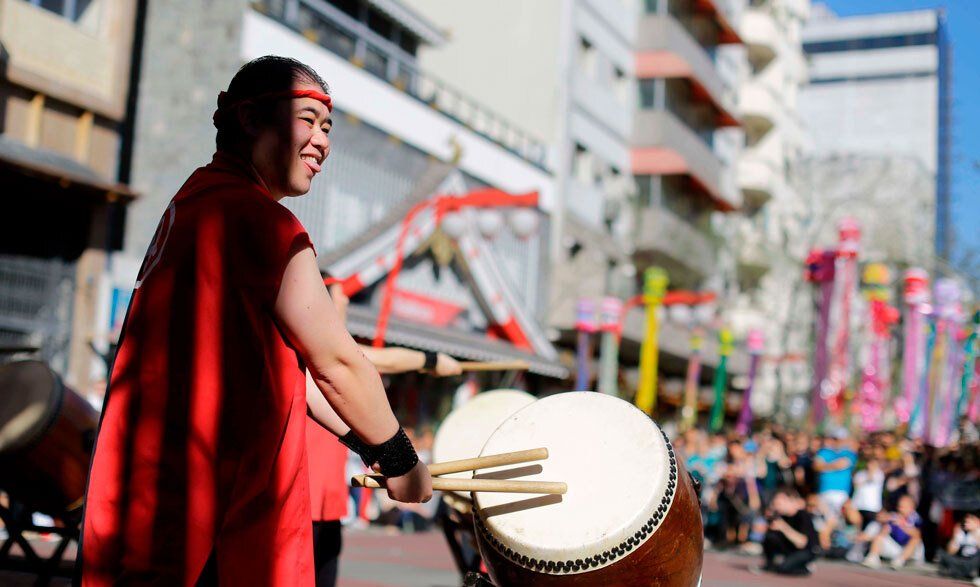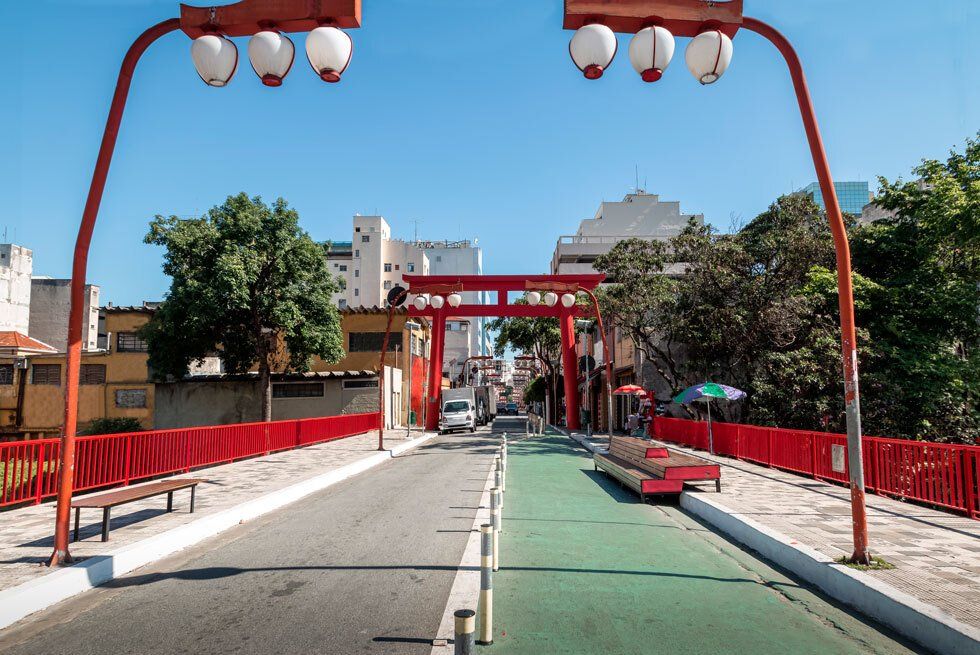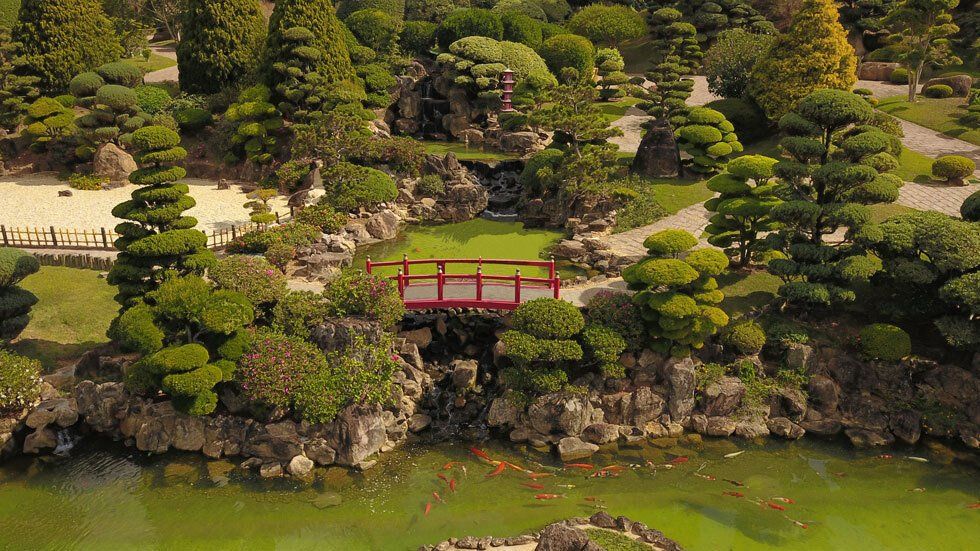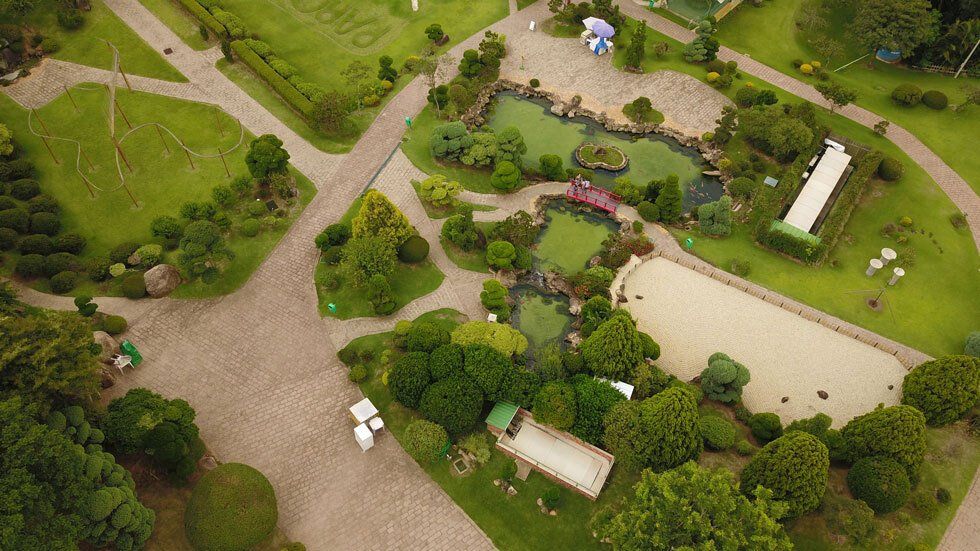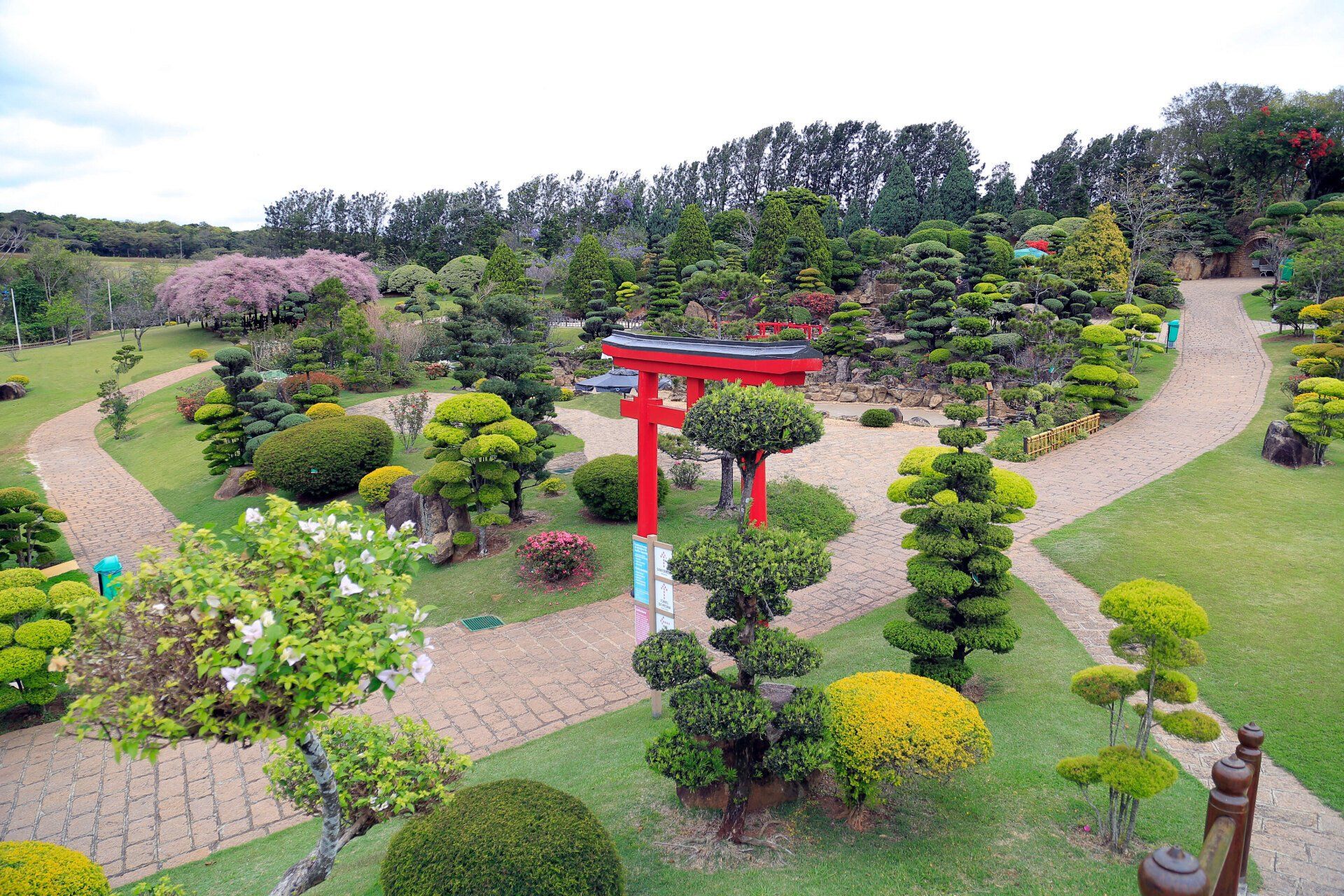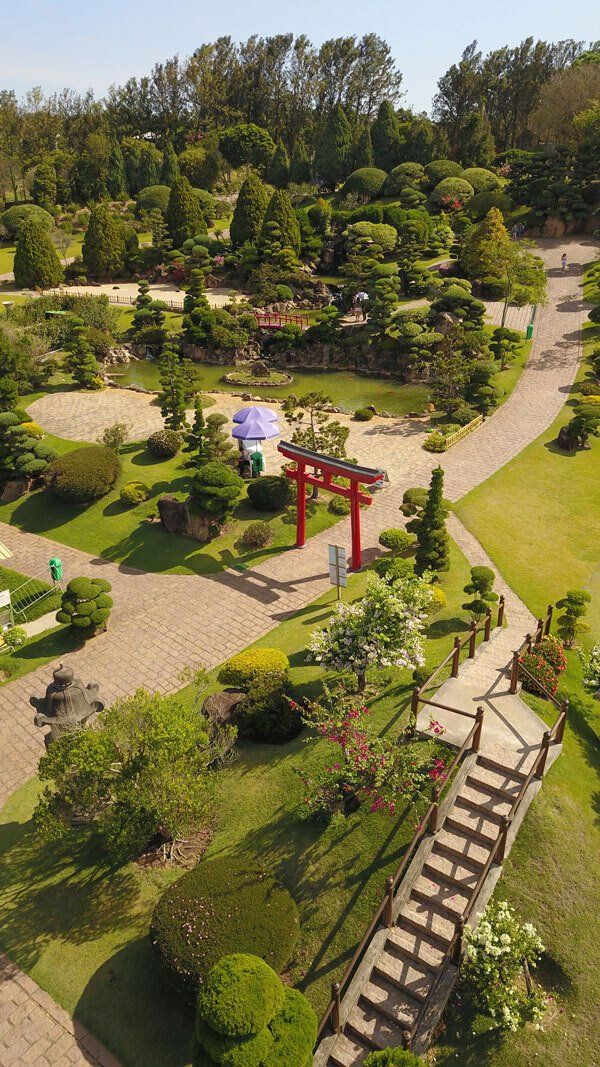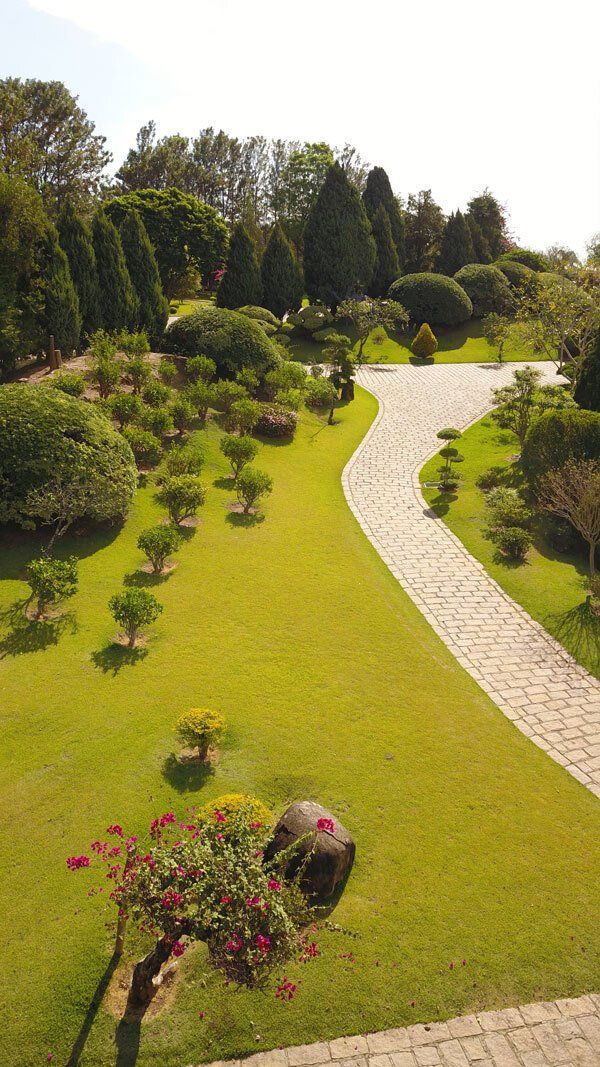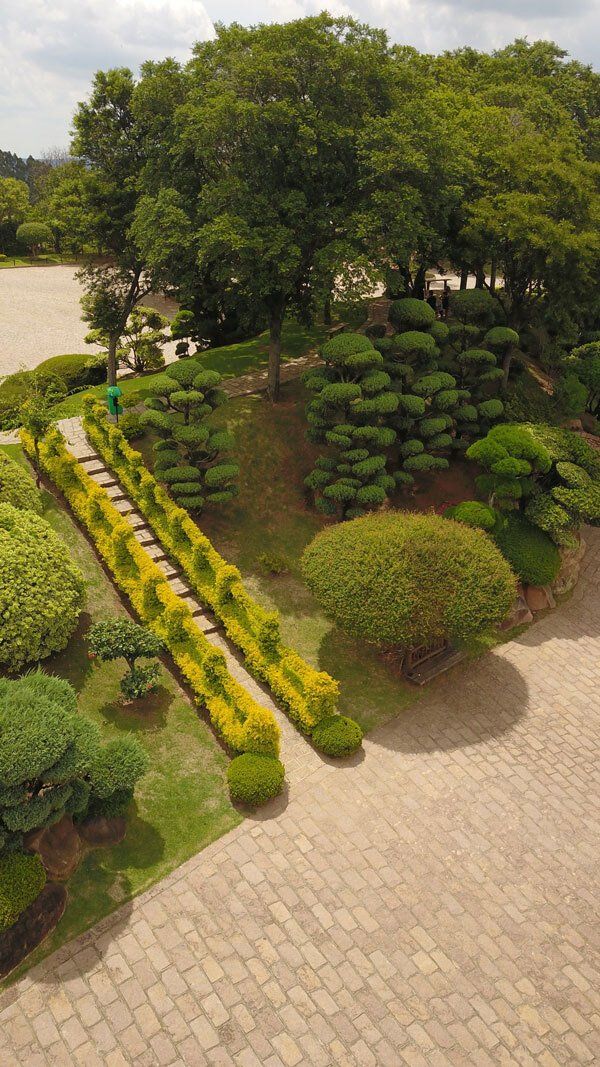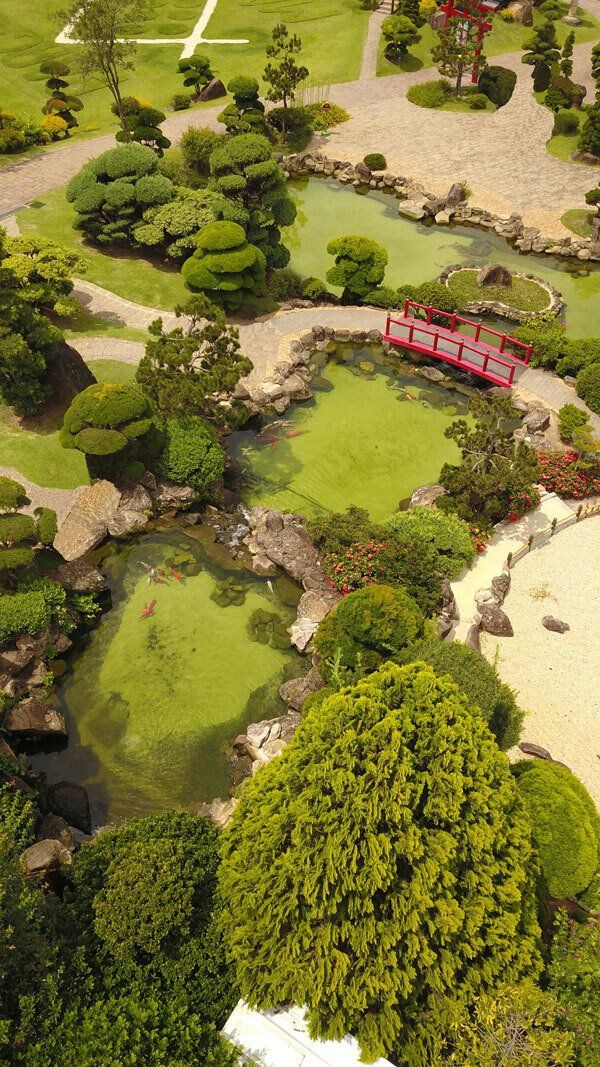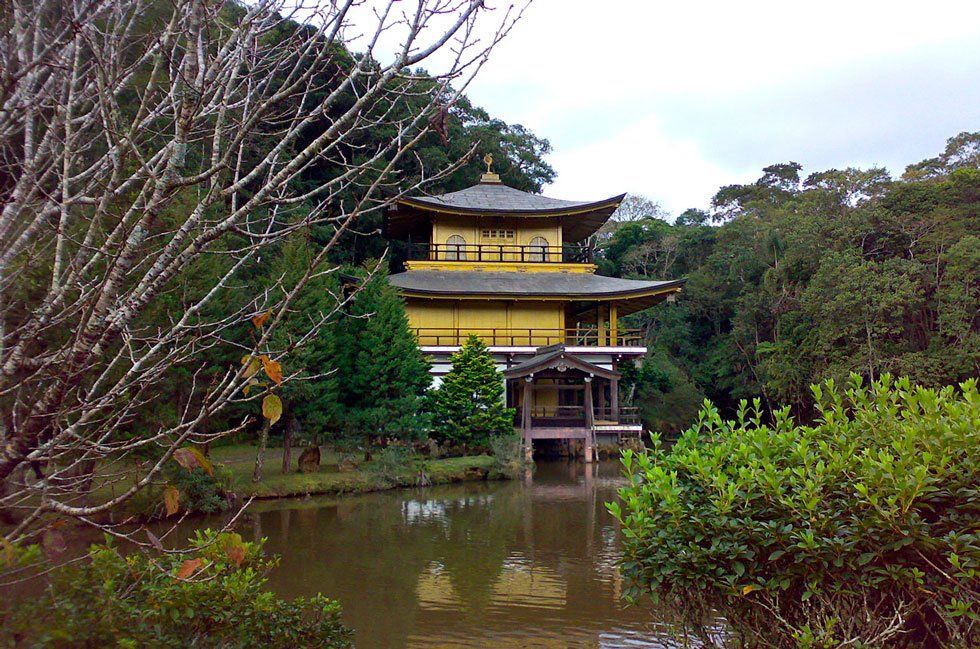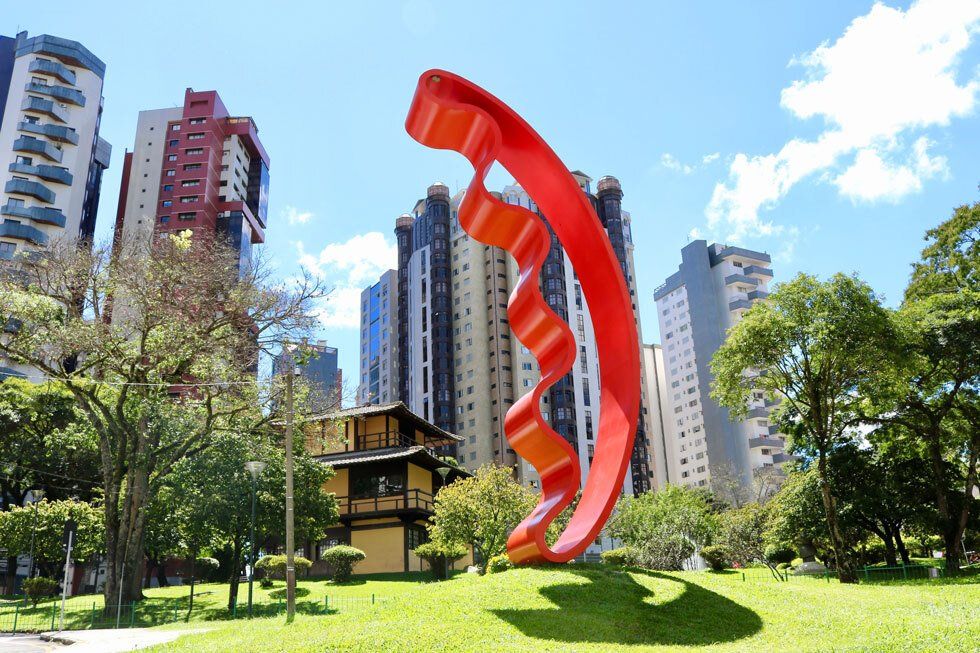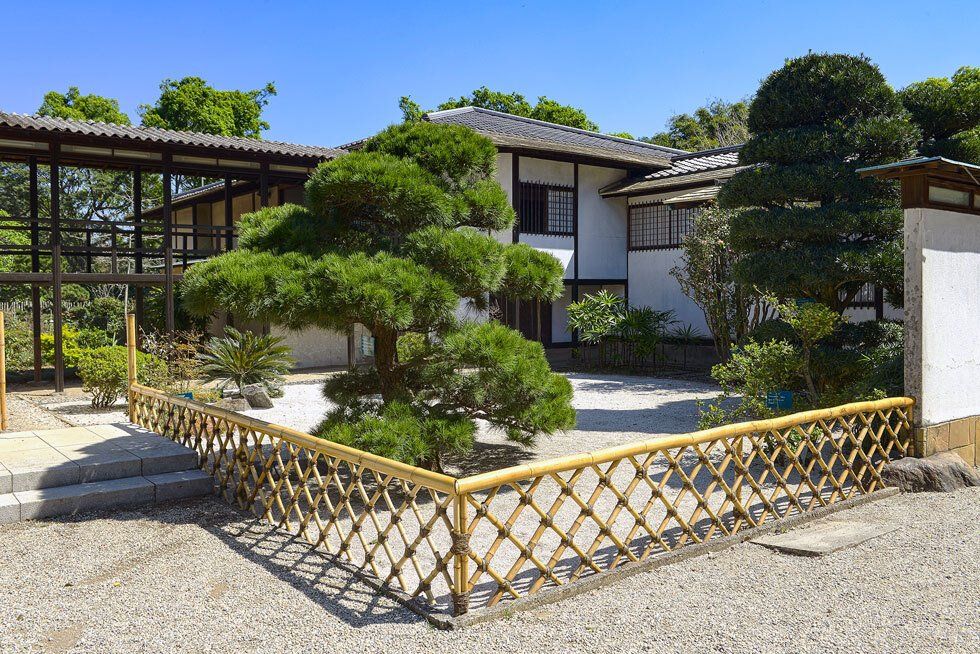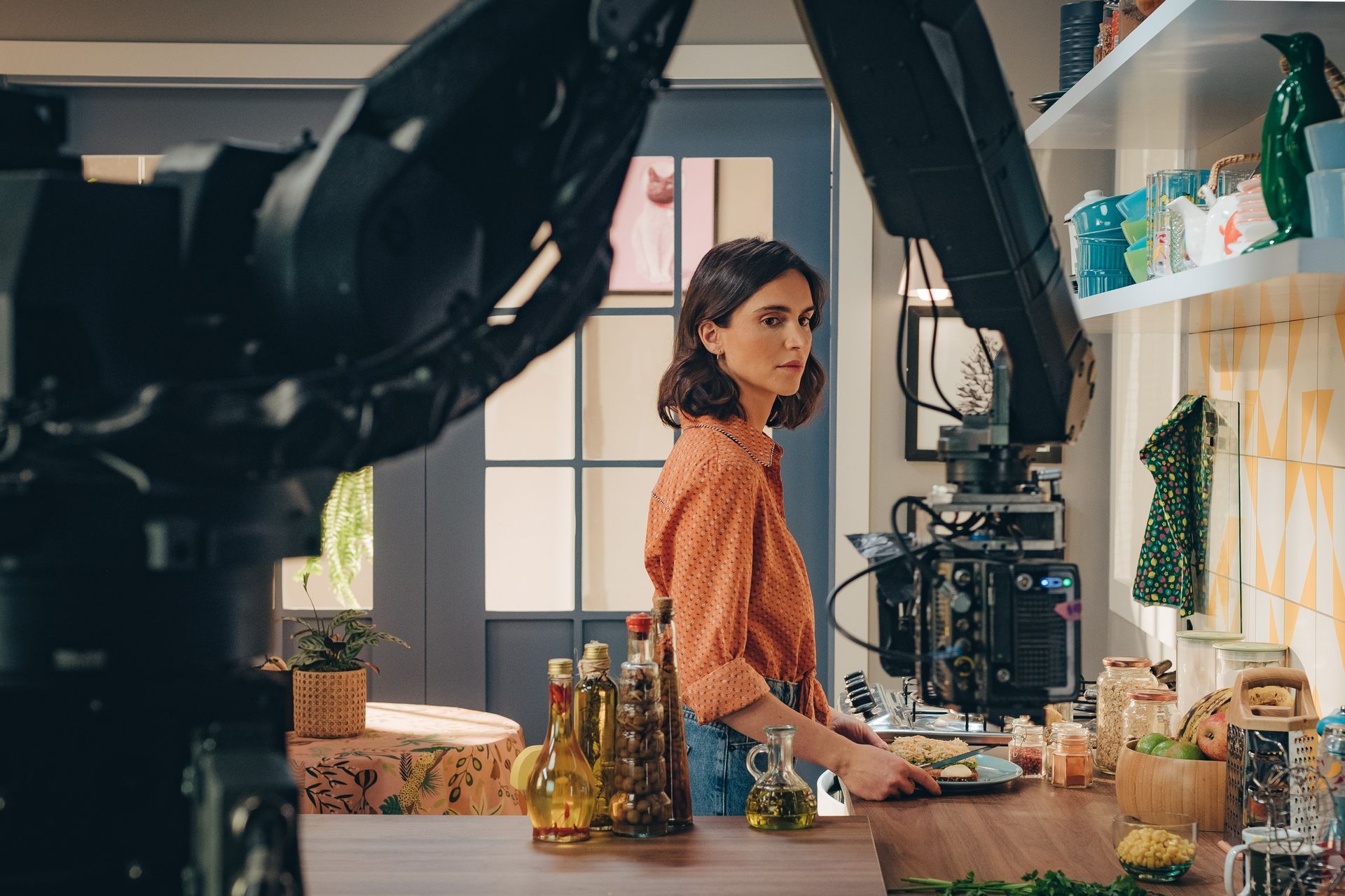Location spotlight: The Japanese influence in Brazil
Nick Story pays homage to Japan and the Tokyo 2020 Olympic Games with a look at the Japanese influence in Brazil, and the stunning locations that are the legacy of decades of immigration
Making films and helping filmmakers ranks pretty high for me in terms of job satisfaction. But every four years when the Summer Olympics comes around, I can’t help but feel a whiff of nostalgia for what might have been. I spent most of my teenage and university years rowing. I won at Henley one year and made a couple of minor international appearances but my ultimate dream of rowing at the Olympics never came to pass and I have no regrets.
Tokyo luckily hasn’t given up on its Olympic Dream despite the challenges of Covid-19 and it’s exciting to see the Games finally coming together. I’ve not been to Japan yet – my first ever job offer was to teach English there on the JET programme but fate brought me to Brazil instead. For now, I’ll have to make do with seeing Japan in Brazil. And that alone is a whole world of wonder in itself.
As part of my Location Spotlight series for
Little Black Book, now seemed an opportune moment to look at the special relationship Japan and Brazil have, and more specifically, delve into some of the interesting locations in Brazil that could easily pass as Japan with the right production team at the helm.
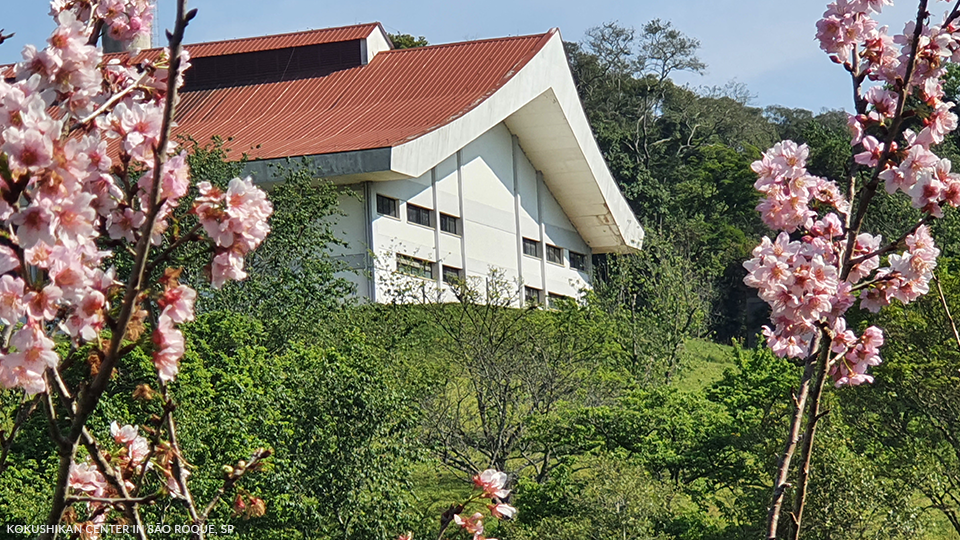
Brazil and Japan have forged a very close bond over the past 113 years since the first few hundred Japanese immigrants stepped off the Kasato Maru ship in Santos Port (São Paulo state) on 18 June 1908 – a date that is now celebrated as the Japanese Immigration Day all across Brazil. Their influence on Brazilian culture is everywhere, from architecture to agriculture, festivities and of course food; sushi is practically a national dish. The world of arts and entertainment, including TV and film, has a very strong Japanese influence in Brazil, too, and there are dozens of cultural centres and organisations across the country that preserve and promote Nipo-Brazilian identity.
This month, the cherry blossoms are coming into flower in parks and gardens all across São Paulo state. The first saplings were brought to Brazil from Japan in the 1930s and four species adapted well to the climate. In Carmo Park in São Paulo, it’s quite the sight to behold when more than 4,000 cherry blossoms are in full bloom. July is also the month when the streets of Liberdade – São Paulo city’s first Japanese neighbourhood – are ablaze with coloured paper streamers for Tanabata Matsuri, the Japanese “festival of the stars”. Music, dancing and Japanese taikô drumming make it one of the highlights of the city’s cultural calendar.
Liberdade is where Spectros – an 8-part supernatural thriller on Netflix – was recently shot. Plastic City – a Brazilian-Chinese-Hong Kong-Japanese thriller – was also filmed there in 2008 and made the Venice Film Festival selection. The neighbourhood is known as São Paulo’s Japan town and it bears all the hallmarks from its red and white street lamps to the Japanese papers at newsstands, signs written in ideograms, and the numerous karaoke joints and sushi restaurants. It’s also home to the Historic Museum of Japanese Immigration in Brazil, with its impressive archive of images and documents from over the decades.
A quarter of a million Japanese immigrated to Brazil up until the 1970s in successive pre-and post-war waves. The first immigrants were mainly sent to work on coffee plantations in the interior of São Paulo and nowadays there are 1.3 million Japanese and their descendants living across the state.
Japanese immigration spread much further into Brazil, however, as the new arrivals went to work on major infrastructure projects like railway construction, or to search for fertile land to buy and plant, albeit with varying degrees of success. Colonies were founded as far and wide as the Amazon in the north to Santa Catarina in the south. Small cities like Bastos, Pereira Barreto, Alianças and Assaí were built by Japanese and preserve many of their traditional characteristics today.
Traditional Japanese architecture can also be found in the state capitals São Paulo and Curitiba. In São Paulo, the Japanese Pavilion in Ibirapuera Park is a remarkable feat. It was a gift from the Japanese Government and the Nipo-Brazilian community to celebrate the city’s fourth centenary in 1954. Built using Japanese techniques and with materials brought from Japan, it’s still a marker of the special bond between the two countries.
For productions looking to shoot Japanese scenography, it might seem odd to say but Brazil has a really broad choice of affordable locations. Permission can be granted to shoot at all the locations featured here, and with remote directing now the norm for our crew, overseas clients can control almost every aspect of a shoot in real time.
Share this story:
Get the latest news straight into your inbox!
Contact Us
Read another story
